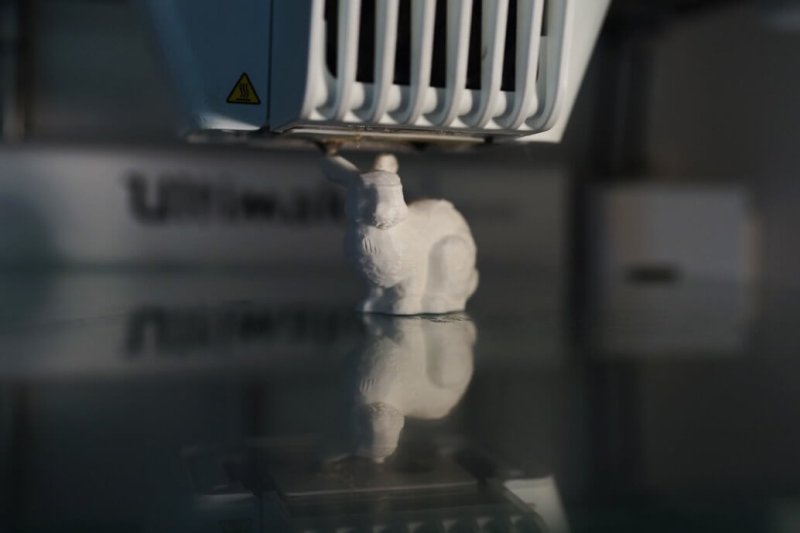The kumquat-sized bunny, cute as it may be, isn’t a toy or a good luck charm. But if you cut off its foot, something miraculous might happen. From that severed piece, you could make more rabbits just like it.
…
It was 3D-printed in Switzerland, in the lab of [researcher Yaniv] Erlich’s ETH Zürich collaborator, Robert Grass. Embedded in the figurine’s polymer matrix are trillions of microscopic glass beads, each one enclosing a few dozen molecules of synthetic DNA. Encoded into this DNA is the digital blueprint for the bunny itself, the instructions that tell a 3D printer nozzle where to move and when to squeeze to make its four paws, two ears, and cottontail. Altogether, the bunny contains 370 million copies of the data file that describes its contours.
…
“Embedding information directly into materials would actually be a really useful thing to do,” says Microsoft senior scientist Karin Strauss, who leads research on molecular information systems and has worked with Darpa to build an image search engine out of DNA. QR codes can wear off. User manuals disappear. URLs change. DNA-based information that’s physically built into an object could offer more permanence.
Read full, original post: These Plastic Bunnies Got a DNA Upgrade. Next up, the World?































